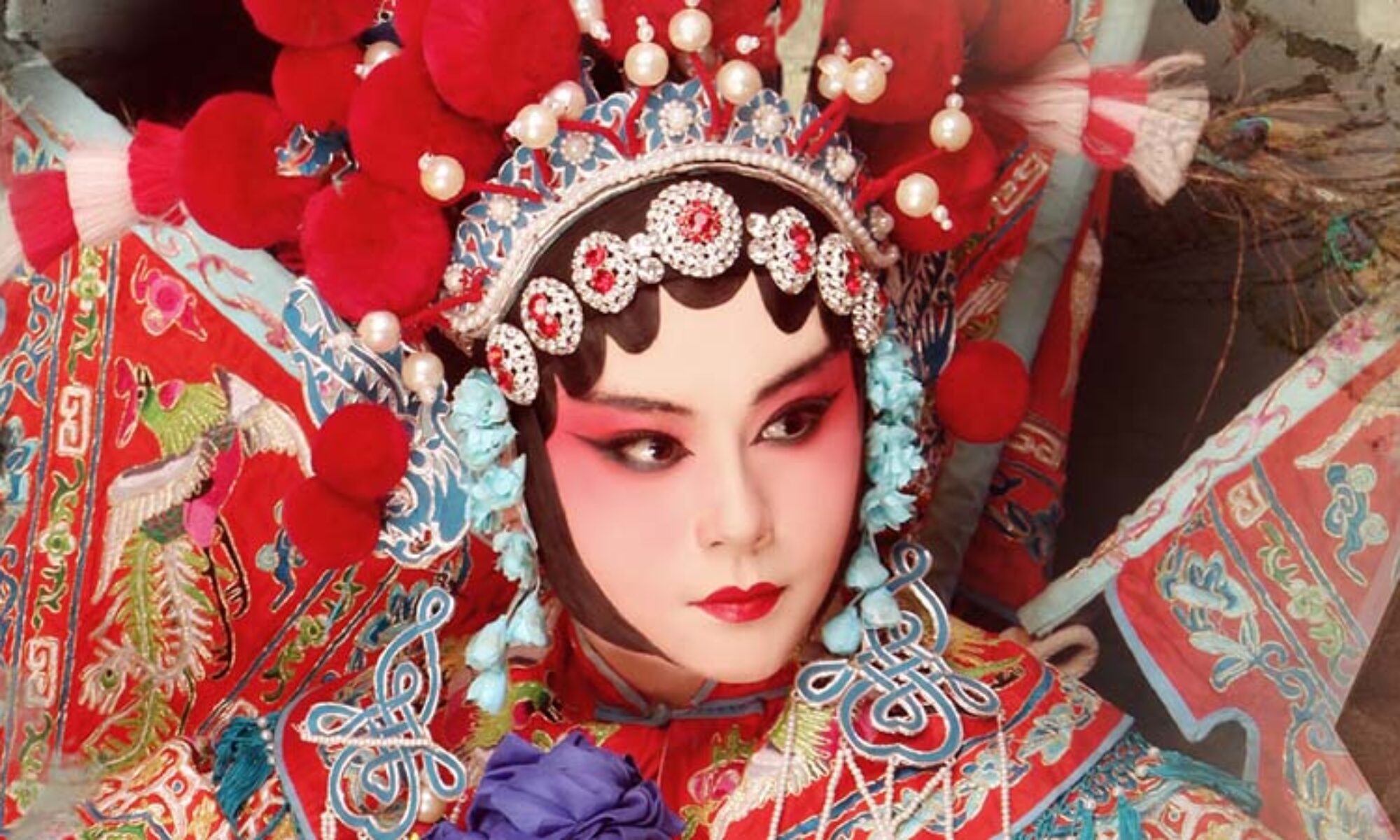
History of Arts and Religion in China
The development of arts and religion in China is a fascinating and intricate web that fuses centuries of cultural development and spiritual exploration. This rich history spans thousands of years and demonstrates the deep connection between artistic expression and the religious beliefs that shape the identity and traditions of the Chinese people.
Ancient China, a diverse and vibrant civilization, witnessed the emergence of diverse religious and philosophical traditions that profoundly influenced artistic expression. Taoism, Confucianism, and Buddhism have played important roles in shaping the beliefs, values, and artistic styles that have developed throughout China’s history.
Cast bronze and oracle bone inscriptions from the Shang and Zhou dynasties (1600 BC to 256 BC) show early artistic and religious practices of the period. These crafts represented ancient Chinese rituals, ancestor worship, and spiritual beliefs.
The Han Dynasty (206 BC to 220 AD) was a pivotal period in which Confucianism became a dominant philosophy and greatly influenced art and religious expression. Confucian ideals emphasized the pursuit of social harmony, filial piety, and moral virtue. Artworks of the period often reflected these values, with intricate sculptures, calligraphy, and paintings depicting scenes from everyday life, emphasizing the importance of ethical behavior and respect for authority.
The arrival of Buddhism in China during the Han Dynasty created new artistic influences and religious practices. Buddhist sculpture, cave temples, and murals flourished during the subsequent Wei, Jin, and Northern and Southern dynasties (220-589 AD). These artistic masterpieces not only depict the deities and teachings of Buddhism, but also incorporate traditional Chinese elements, creating a unique blend of religious and artistic expression.
The Tang dynasty (618-907 AD) experienced a golden age of cultural and artistic prosperity, and Buddhism continued to inspire great works of art. The famous Dunhuang Cave Temples exemplify the splendor of this period with its intricate murals and carvings. The Tang Dynasty also produced Taoist-inspired landscape paintings that capture the harmony between man and nature and reflect the Taoist principles of balance and connection.
During the Song Dynasty (960-1279 AD), Neo-Confucianism emerged, combining Confucian principles with elements of Buddhism and Taoism. Painting, calligraphy, and ceramics made great progress during this period. Artists focused on depicting nature with delicate brushstrokes and evoking a sense of stillness and contemplation.
Chinese art and religion continued to develop during the Ming Dynasty (1368-1644 AD) and Qing Dynasty (1644-1912 AD). While new schools of thought and religious movements emerged, Neo-Confucianism remained influential. The advent of Christianity and the spread of Islam further enriched China’s religious landscape.
In modern times, China has undergone profound political and social changes affecting the development of art and religion. The 20th century saw the Cultural Revolution and the suppression of traditional artistic practices. In recent decades, however, there has been a resurgence of interest in traditional Chinese arts and a resurgence of religious practices.
China now has a vibrant arts scene that celebrates diverse religious and cultural traditions. Traditional arts such as calligraphy, painting, sculpture, opera and dance continue to thrive alongside contemporary artistic expressions. Religious practices such as Buddhism, Taoism, Confucianism, Christianity and Islam have been re-embraced, with temples, monasteries and sacred sites serving as cultural relics and spiritual centers.
The development of arts and religion in China reflects a deep intertwining of spiritual beliefs, cultural values, and artistic expression throughout its history. Exploring this intricate tapestry gives us a deeper understanding of China’s rich cultural heritage and the enduring links between art, religion and human experience.
